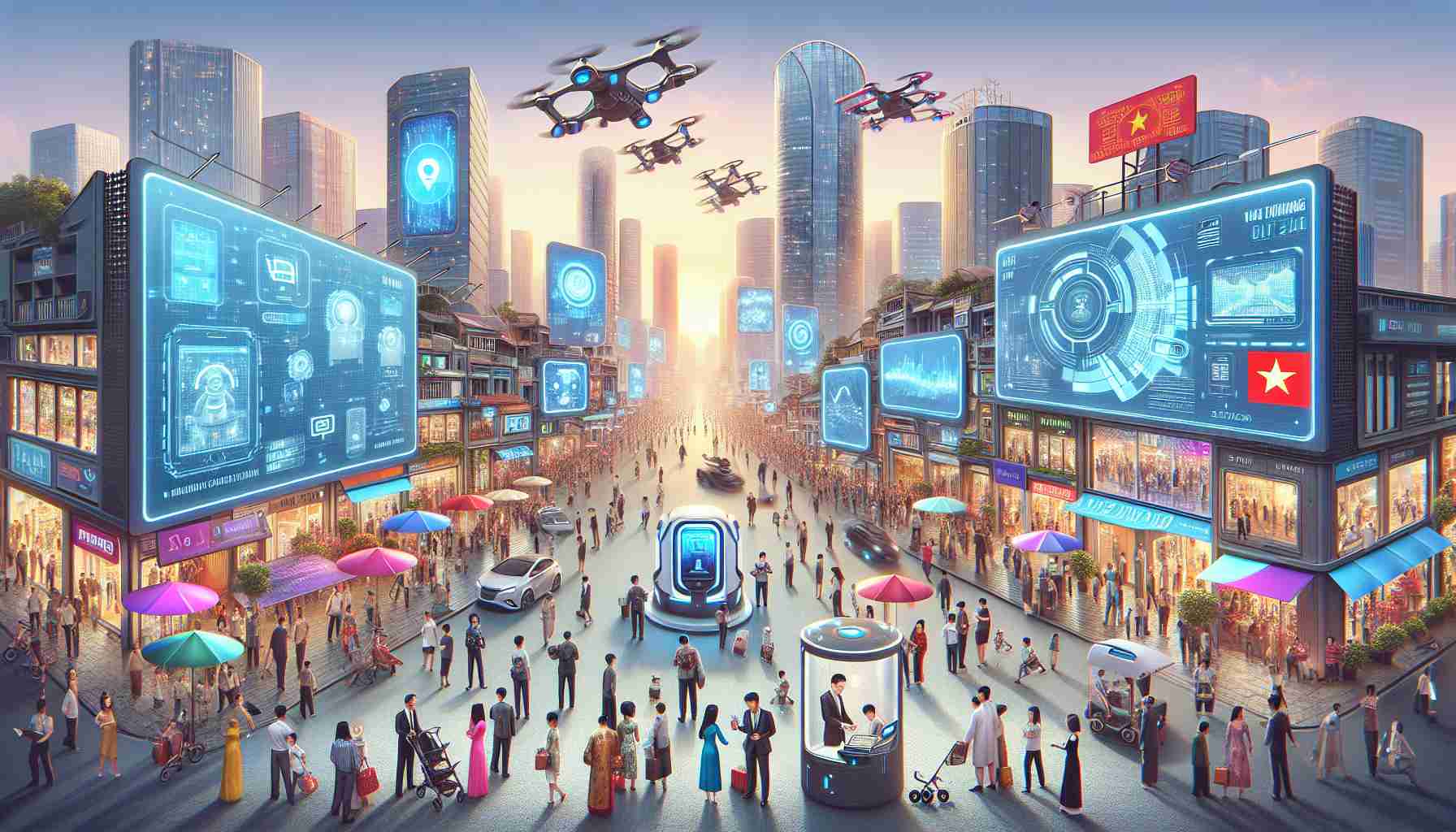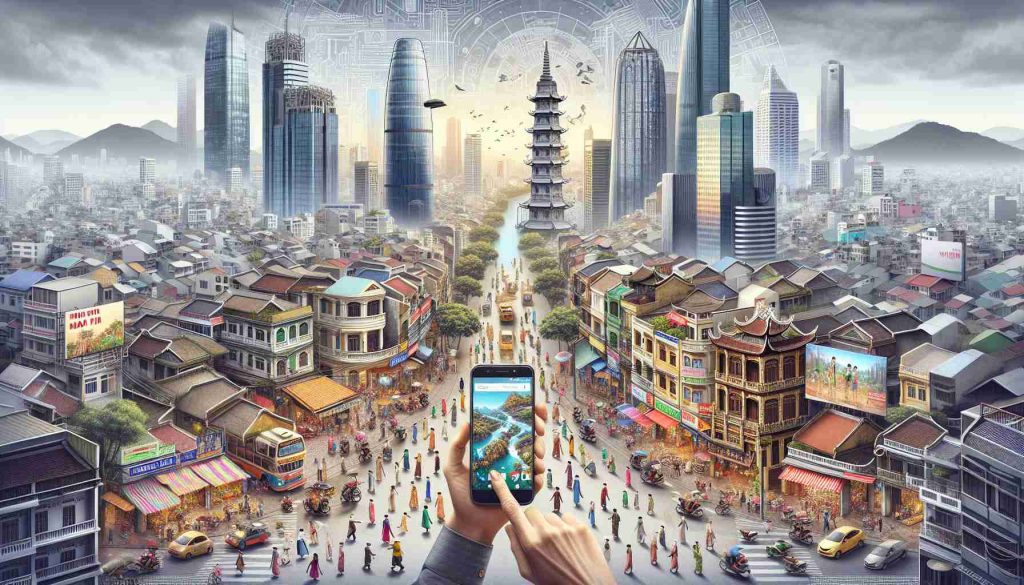Modernizing the Telecommunication Landscape
Vietnam is set to undergo a significant transformation in its mobile technology sector by 2030. The government has unveiled an ambitious plan to completely phase out outdated 2G technology and ensure widespread access to cutting-edge 4G and 5G networks, as well as smart mobile devices. This groundbreaking initiative aims to revolutionize the way Vietnamese citizens connect and communicate in the digital age.
Embracing the Digital Future
Effective September 16th, the 2G network will be officially switched off, marking a monumental shift in the country’s telecommunication infrastructure. The government has also approved a comprehensive roadmap for the period 2021-2023, with a vision extending to 2050, outlining the gradual discontinuation of obsolete mobile technologies like 2G and 3G. Furthermore, there is a strong emphasis on promoting the deployment of the “One Person, One Smartphone” program to enhance mobile broadband accessibility for all residents.
Legal Framework for Technological Advancement
To support the transition towards advanced mobile technologies, the Ministry of Information and Communications has issued regulations regarding the allocation of radio frequencies, ensuring a seamless shift towards next-generation networks. These legal provisions lay the foundation for phasing out legacy mobile technologies and facilitating the widespread adoption of smartphones among the population.
Empowering Users with Innovative Solutions
As part of the strategy to retire 2G technology, businesses are encouraged to assist subscribers in upgrading to more sophisticated mobile devices, such as smartphones enabled with 4G capabilities. In addition, telecom companies are urged to prevent the activation of uncertified 2G phones and bolster 4G network coverage to replace the outdated 2G infrastructure by the deadline of September 2026.
Bridging Towards 6G Connectivity
By transitioning to a fully 4G-enabled network, Vietnam is paving the way for the future deployment of 5G technology and beyond. This strategic evolution will create a conducive environment for the eventual adoption of 6G networks, positioning the country at the forefront of global telecommunications innovation by the year 2030.
Unlocking the Potential of Mobile Technology in Vietnam
Vietnam’s journey towards revolutionizing its mobile technology landscape by 2030 is not without its significant challenges and opportunities. Let’s delve into the key aspects that shape this transformative initiative:
Important Questions and Answers:
1. What are the key challenges in implementing the transition to advanced mobile technology?
– Key Challenges: Ensuring affordability and accessibility of cutting-edge devices for all citizens, enhancing network infrastructure to support 4G and 5G capabilities nationwide, and managing the digital divide in rural areas.
2. How will the shift to 4G and 5G networks benefit Vietnamese citizens?
– Benefits: Improved internet speeds, enhanced connectivity for businesses and individuals, support for emerging technologies like IoT and AI, and potential economic growth through digital innovation.
Advantages and Disadvantages:
– Advantages:
– Enhanced Connectivity: Access to faster internet speeds and seamless communication.
– Technological Innovation: Opportunities for businesses and individuals to leverage advanced technologies.
– Economic Growth: Potential for new industries and job creation through digital transformation.
– Disadvantages:
– Digital Divide: Disparities in access to advanced technology between urban and rural areas.
– Cost Concerns: Affordability of smartphones and data plans for all segments of society.
– Privacy and Security: Risks associated with increased connectivity and data sharing in a digital ecosystem.
Key Challenges and Controversies:
– Ensuring Inclusive Access: Addressing the digital gap to ensure equitable access to mobile technology across all socio-economic segments.
– Data Privacy and Security: Safeguarding sensitive information in the era of enhanced connectivity.
– Regulatory Compliance: Balancing innovation with regulatory frameworks to protect consumers and promote fair competition.
Related Links:
– Ministry of Information and Communications


















